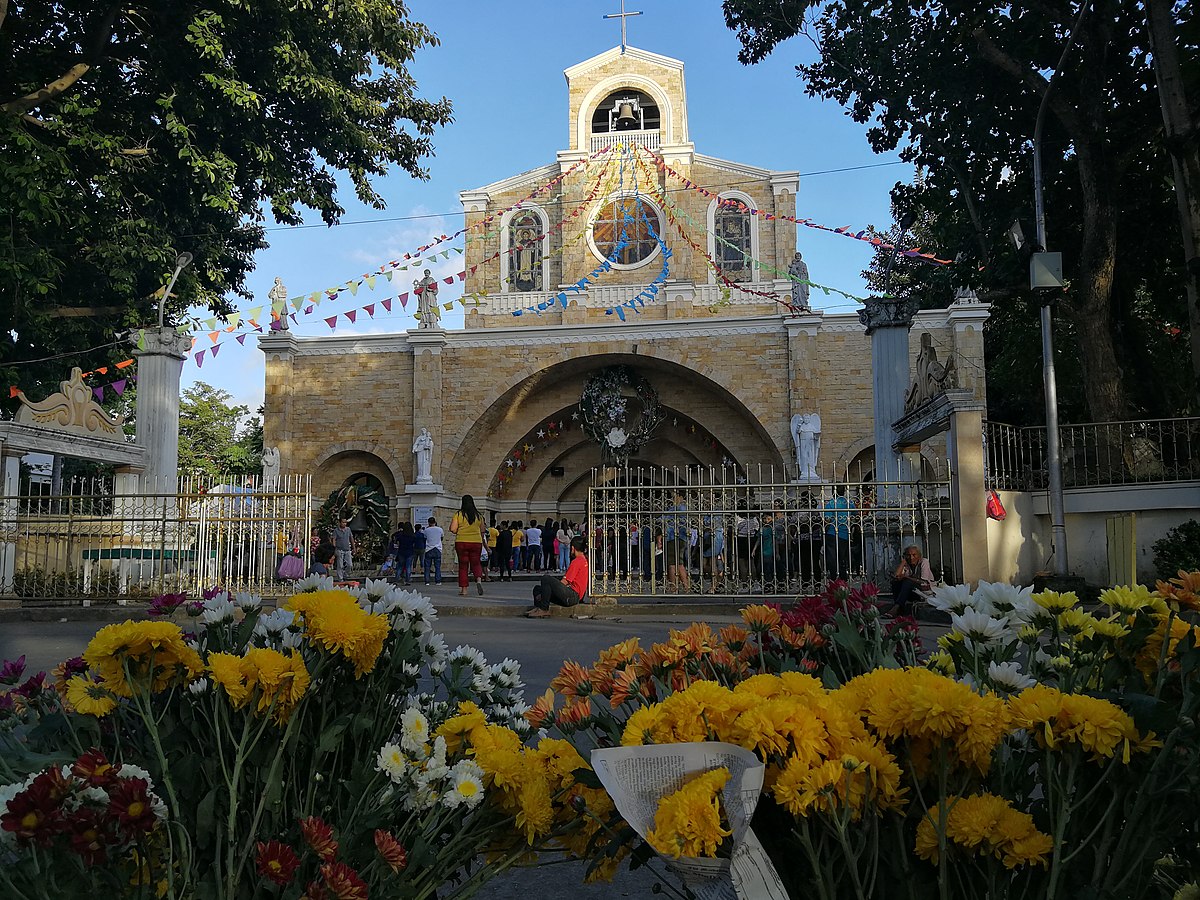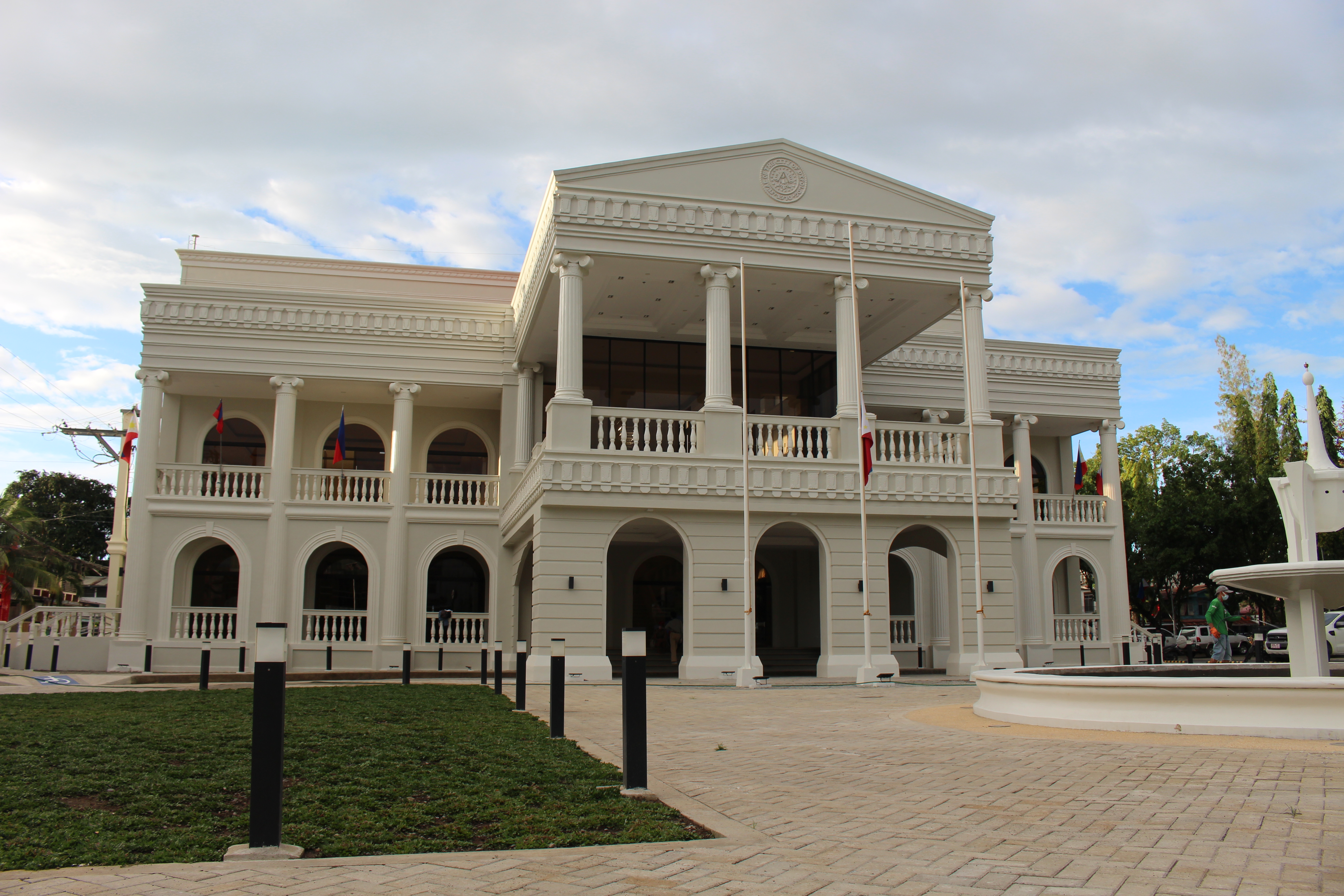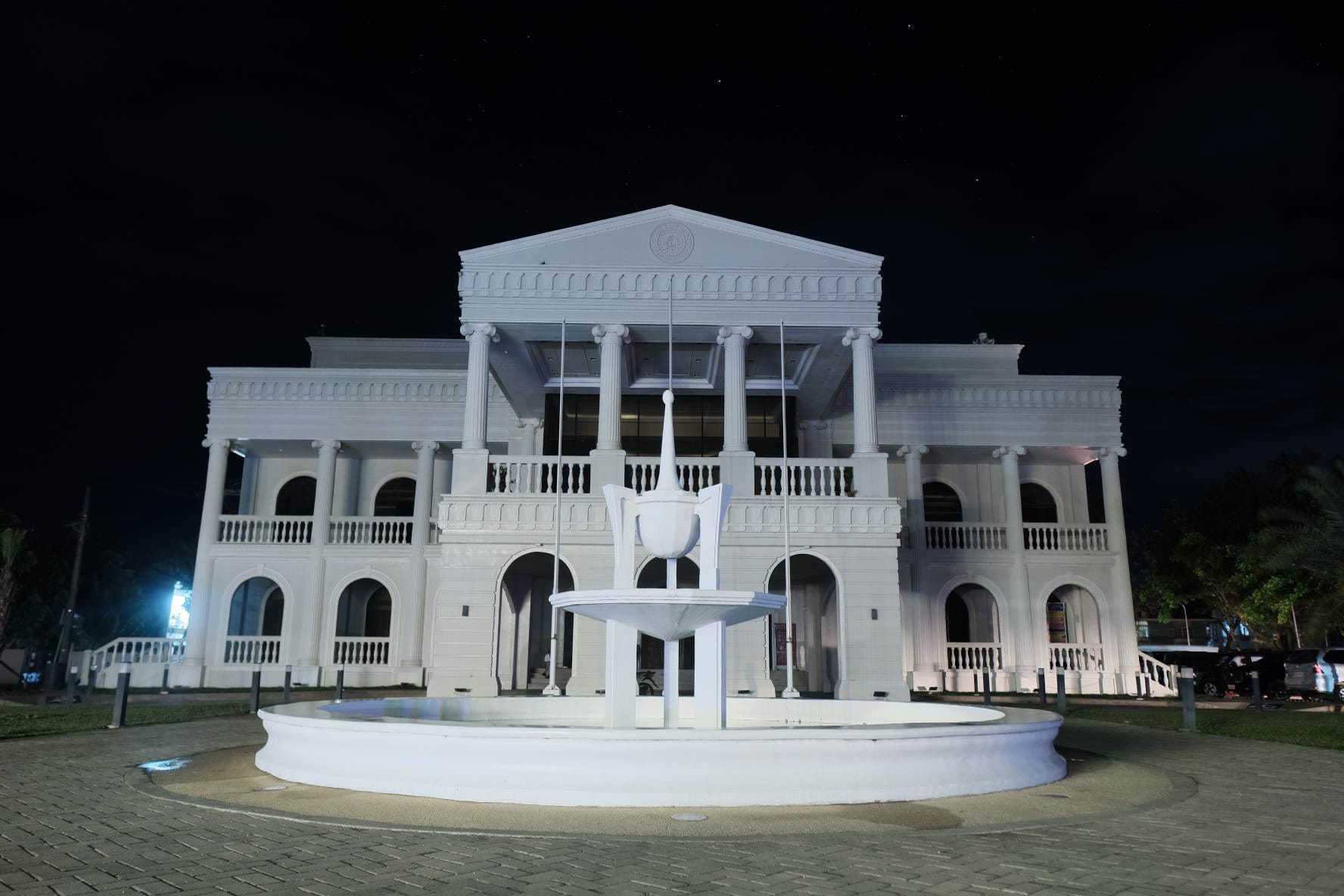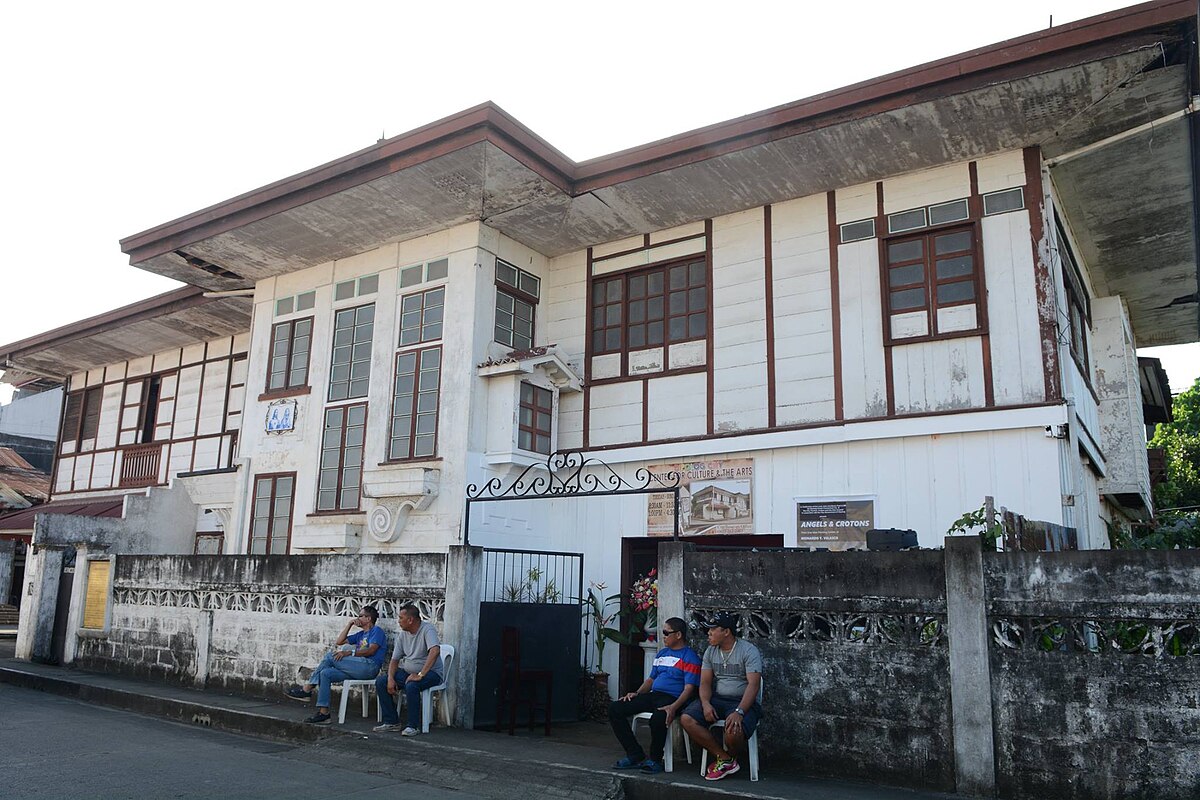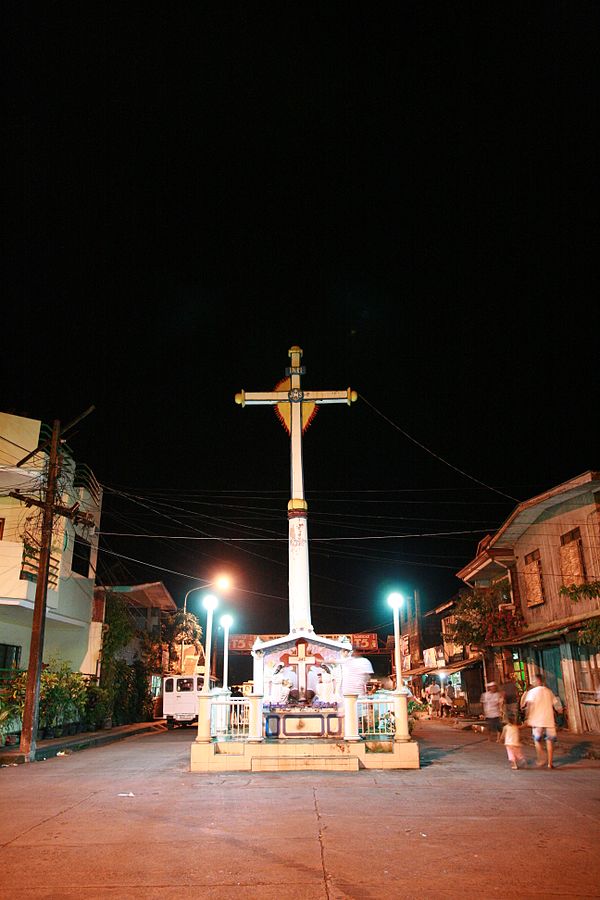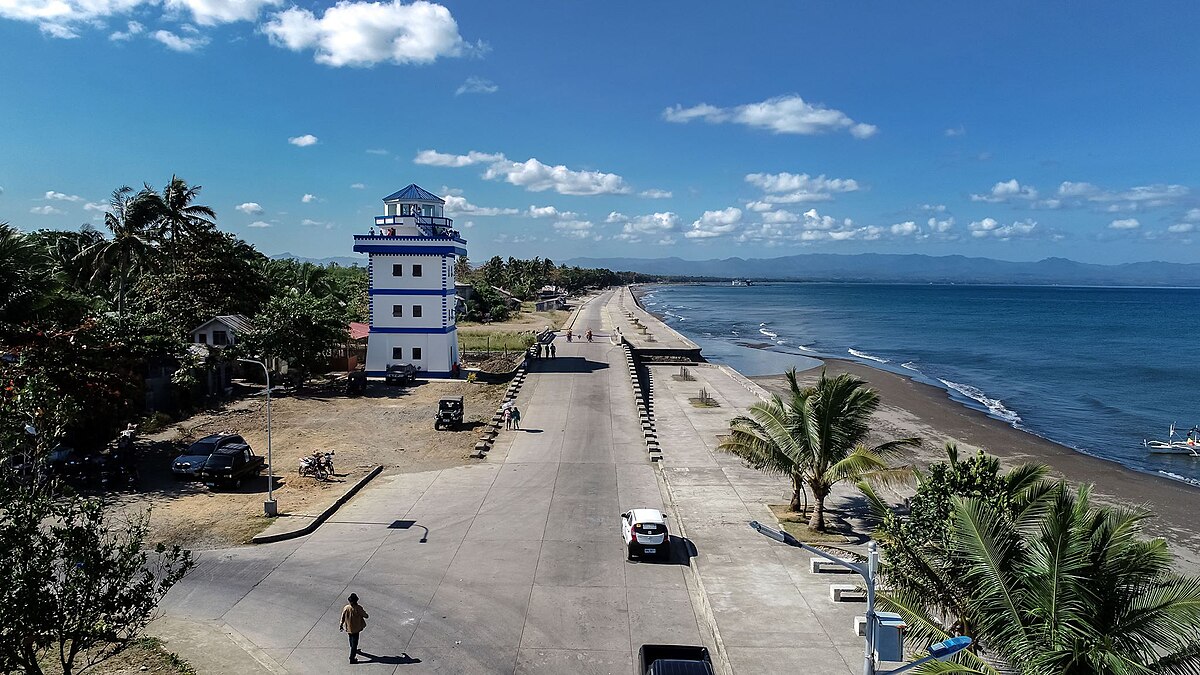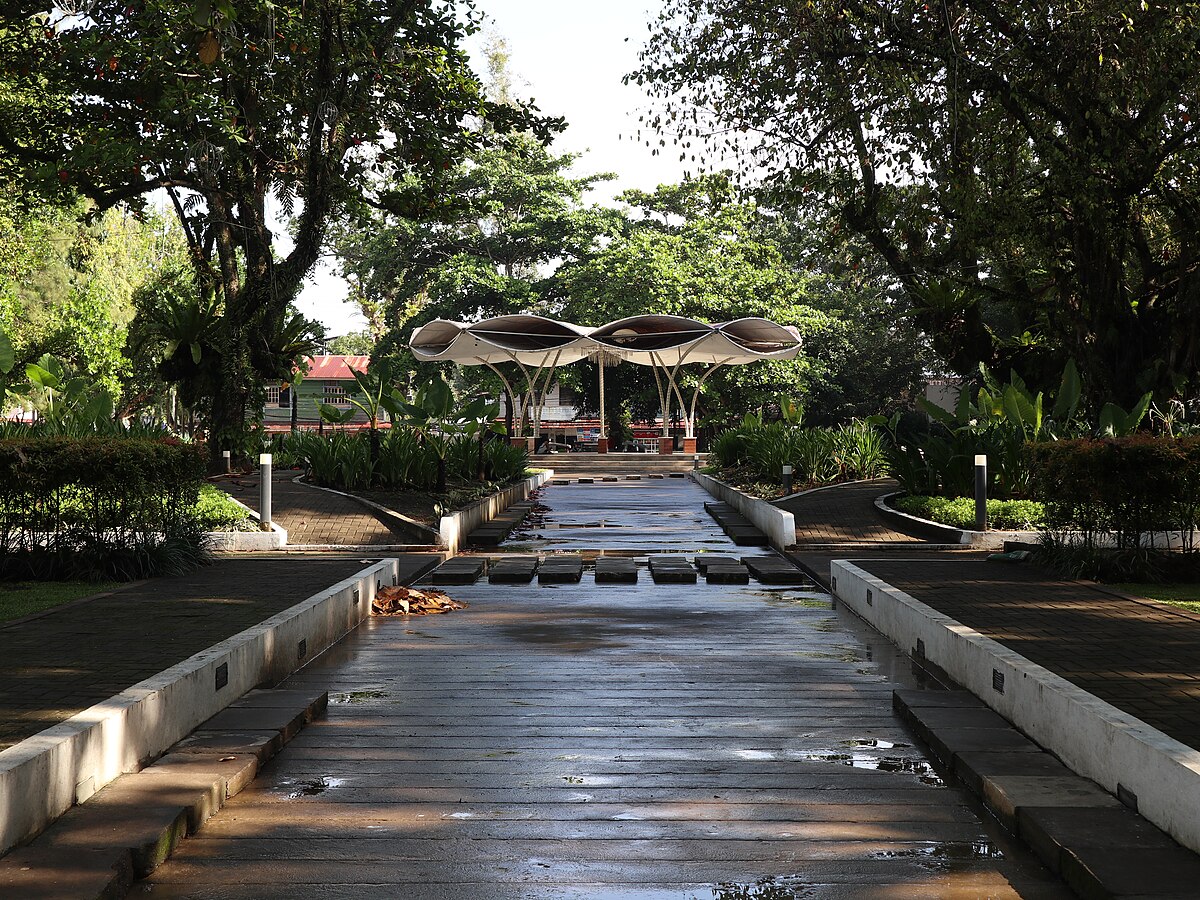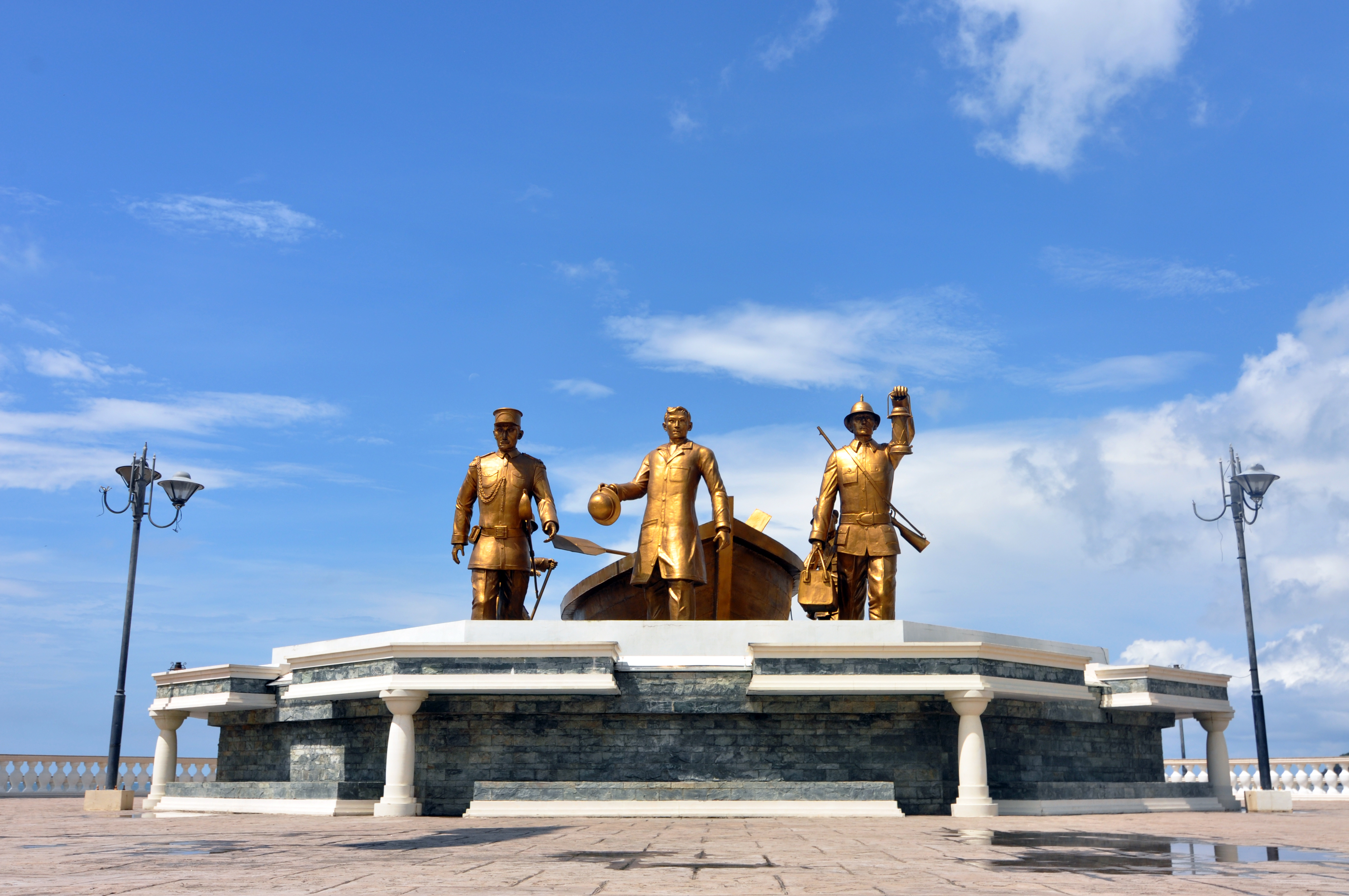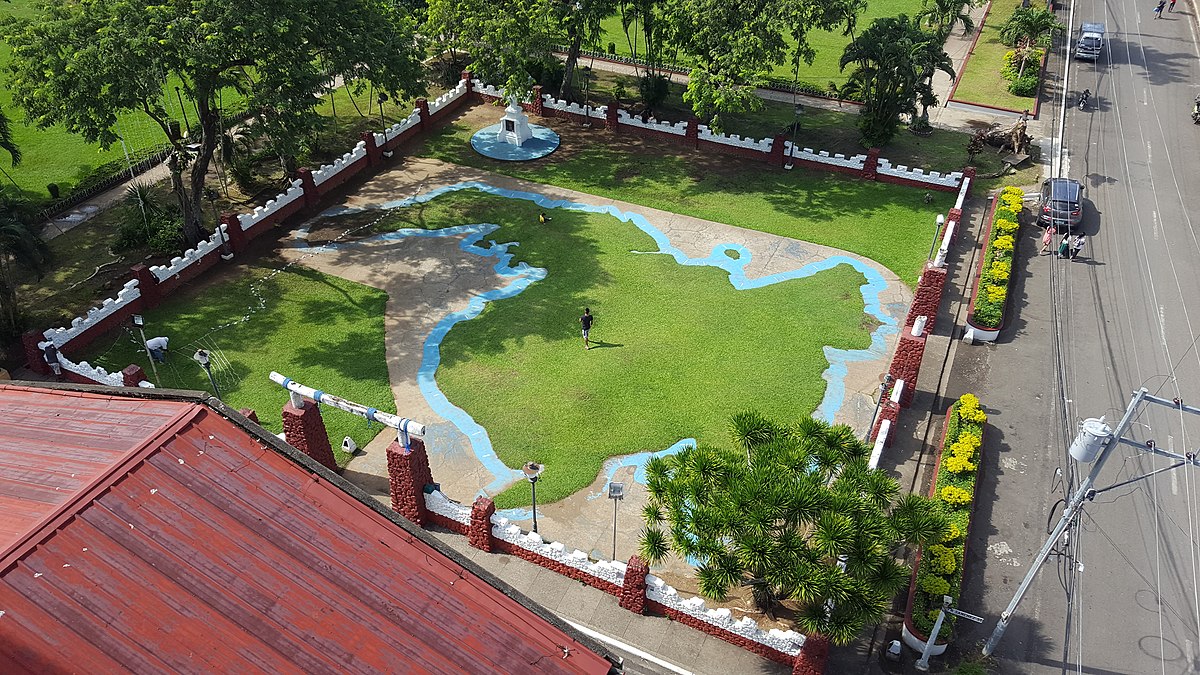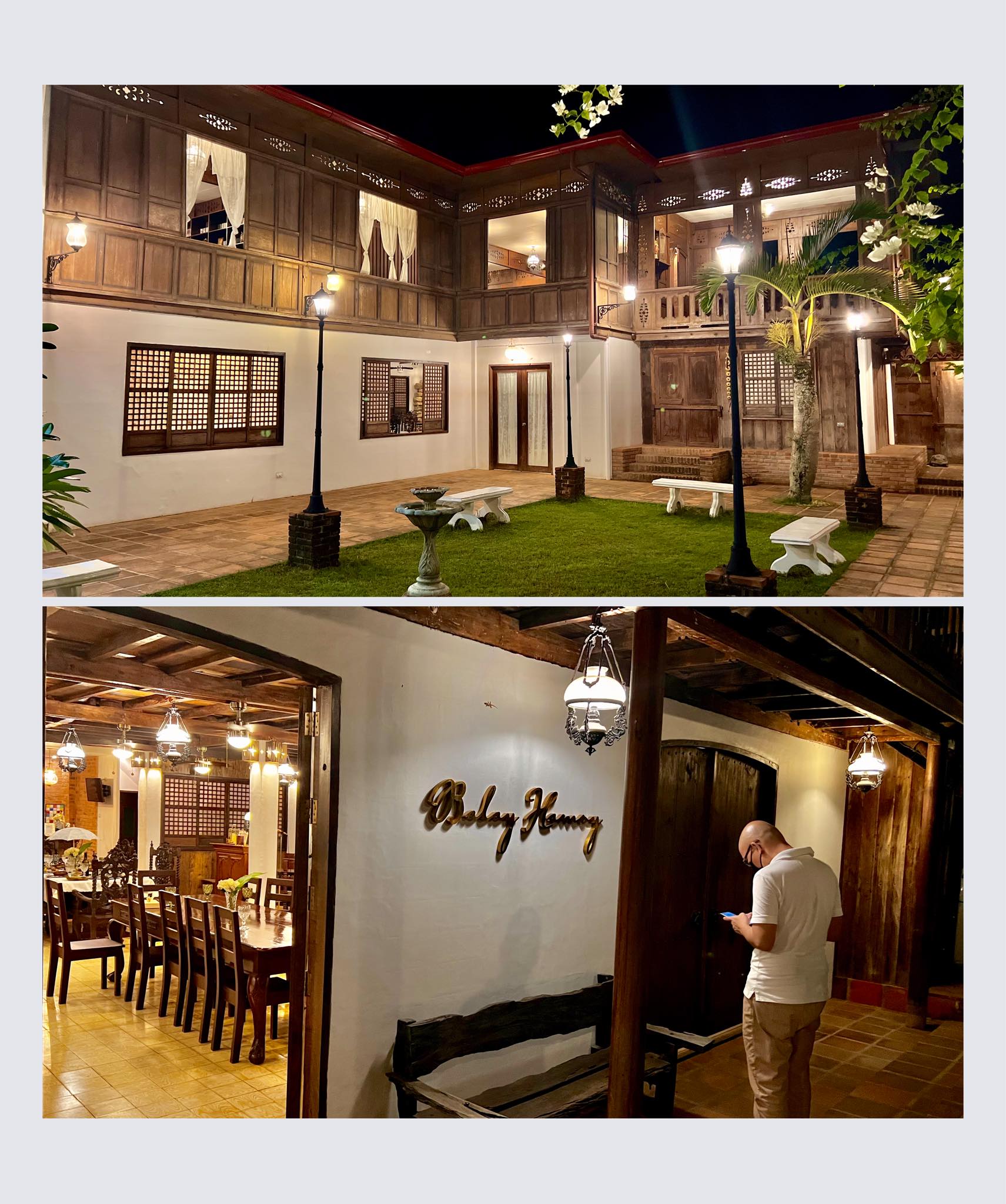Welcome to Dipolog City in Zamboanga del Norte, and welcome to Anthro on Foot's walking tour! This is
a self-paced walking tour that features key heritage sites and cultural highlights in the area. We hope you
enjoy this tour
as much as we enjoyed curating it!
The Subanen are one of the earliest indigenous groups known to have lived in the Zamboanga
Peninsula. The Subanen traditionally inhabited the mountainous areas of Zamboanga del Norte,
practicing agriculture, fishing, and other subsistence activities.
Precolonial communities engaged in trade not only among themselves but also with neighboring
islands and Southeast Asian nations.
The arrival of the Spanish in the Philippines, starting in the 16th century, marked a significant
shift in the region's history, leading to changes in governance, religion, and culture.
The earliest documented history of Dipolog during the Spanish colonial period dates back to 1834
when a civil administration was established by the Spanish Provincial government of Misamis, to
which Dipolog was then subject. During this period, a "Captain" was appointed as the town executive,
along with a "Teniente" and an "Aguacil" to uphold law and order. Don Domingo Ruiz, a local
resident, served as the town executive in that year, coinciding with the relocation of the town site
from Sitio Tulwanan to its present location.
According to tradition, in that particular year, a Spanish Recollect Missionary arrived in Tulwanan
under the assumption that the townsite was still situated there. Upon encountering a local, the
missionary inquired, "Donde esta el Capitan?" (Where is the captain?) Responding with a limited
understanding of the term 'capitan,' the unnamed local pointed westward and uttered in Subano,
"Di...pag," meaning 'across the river.' Aided by his assistant, a Tagalog boy named Antonio Subido,
the missionary traveled downstream and, upon reaching the townsite, named the area "Dipag." Over the
years, this name underwent changes due to mispronunciation and the fusion of Visayan and Subano
words, ultimately evolving into its present form, "Dipolog."

